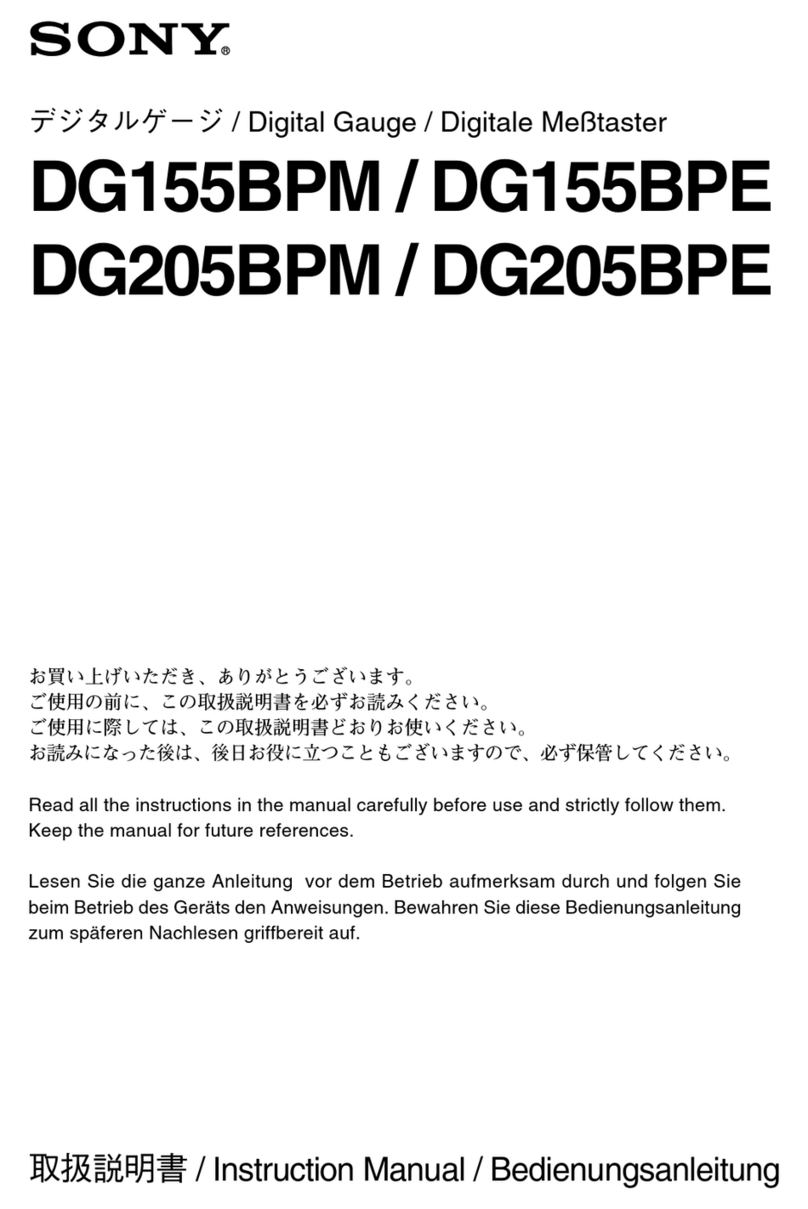Sony TC-788-4 Setup guide
Other Sony Measuring Instrument manuals
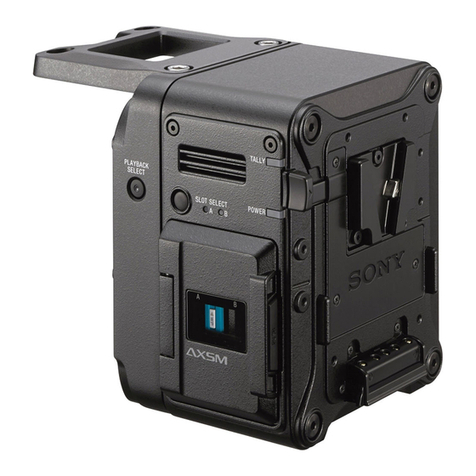
Sony
Sony AXS-R7 User manual
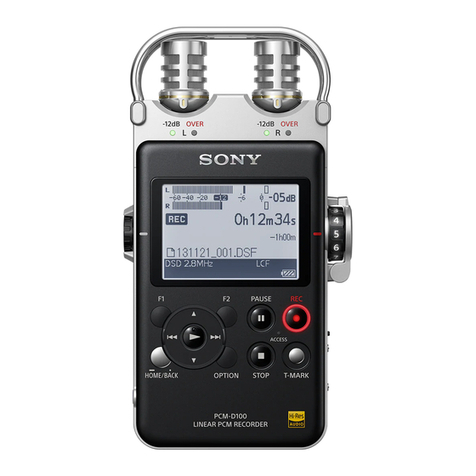
Sony
Sony PCM-D100 Reference guide

Sony
Sony AM-NX9 User manual
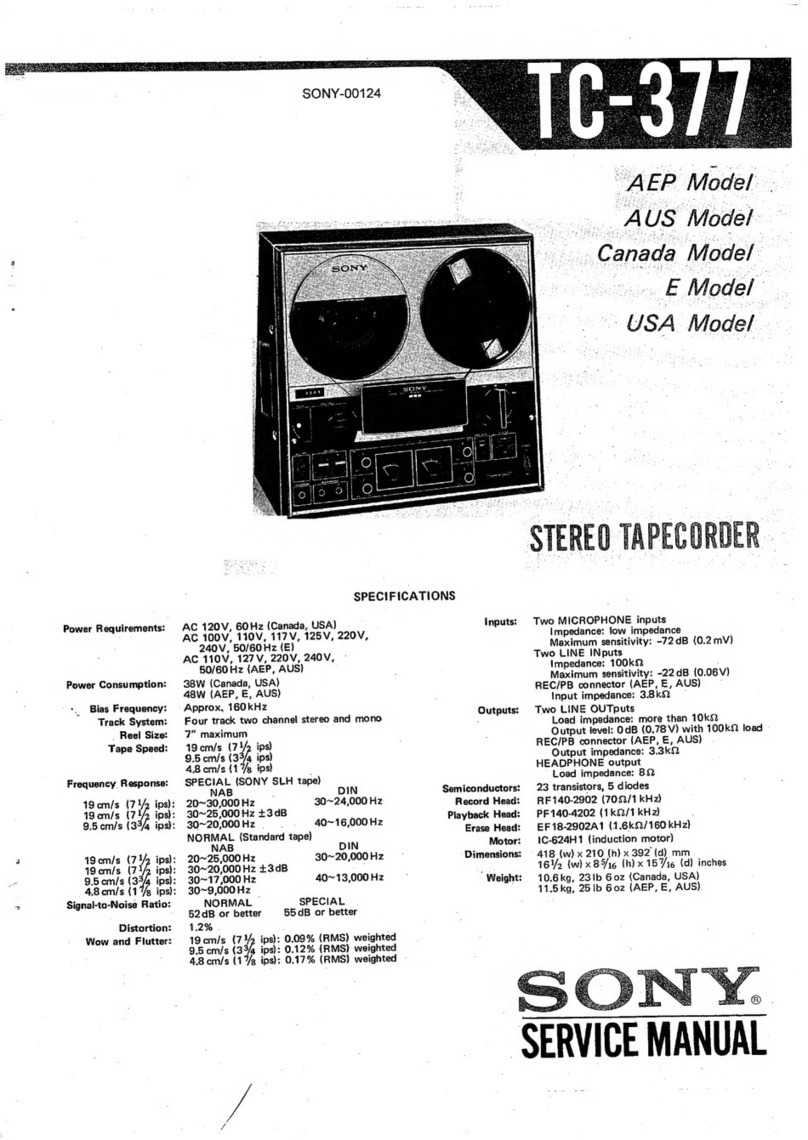
Sony
Sony TC-377 User manual

Sony
Sony DVW-250 User manual

Sony
Sony LE-SP6800 Series Installation and operating manual
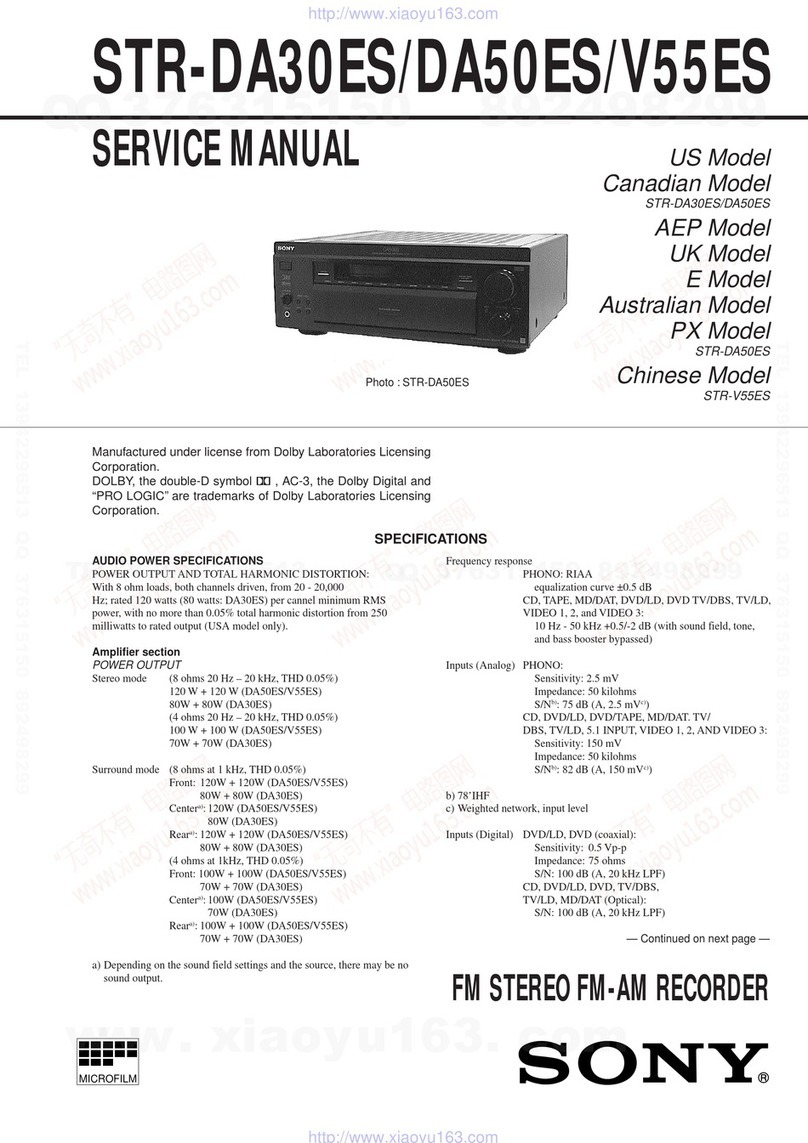
Sony
Sony STR-DA30ES - Fm Stereo/fm-am Receiver User manual

Sony
Sony PZW-4000 User manual
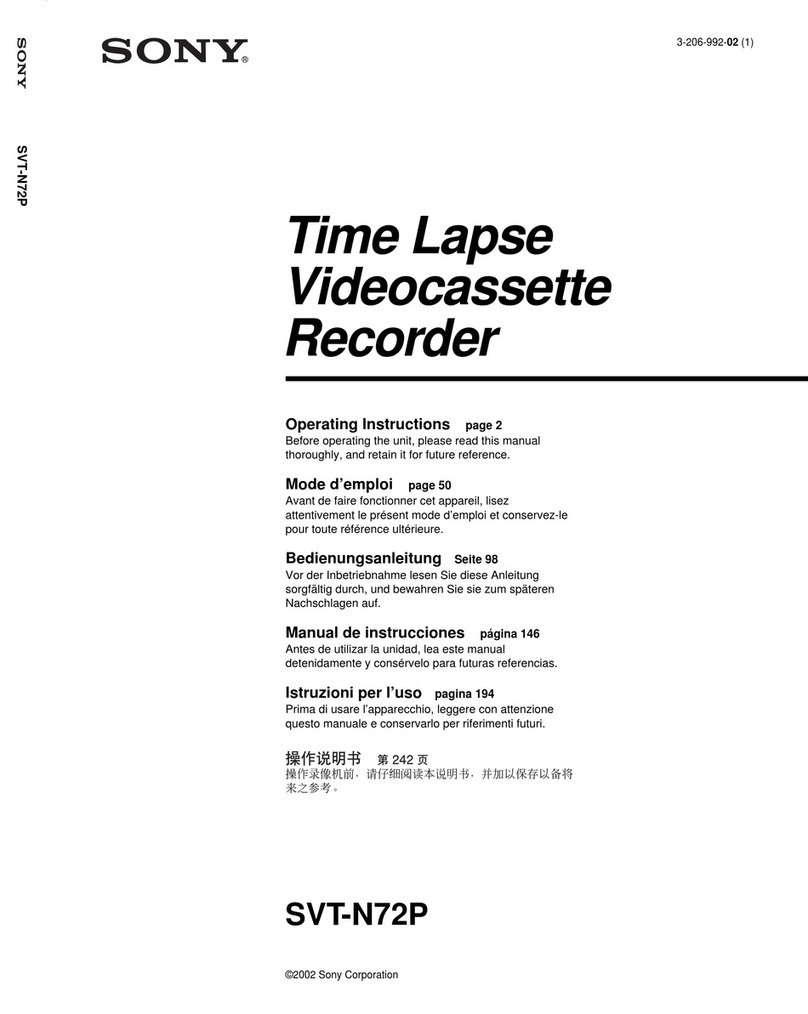
Sony
Sony SVT-N72P User manual
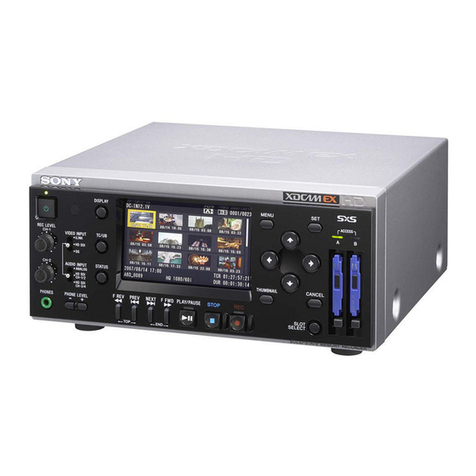
Sony
Sony XDCAM EX PMW-EX30 User manual
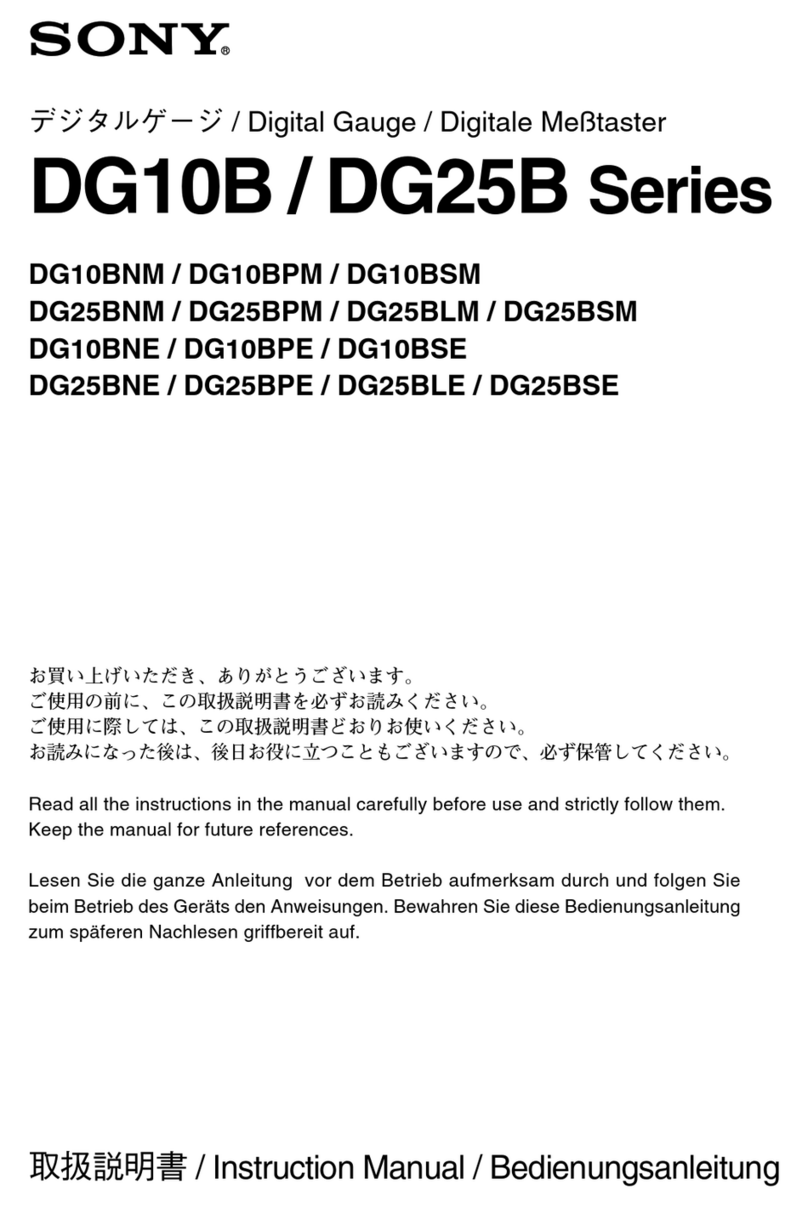
Sony
Sony DG10B Series User manual

Sony
Sony TC-260 User manual
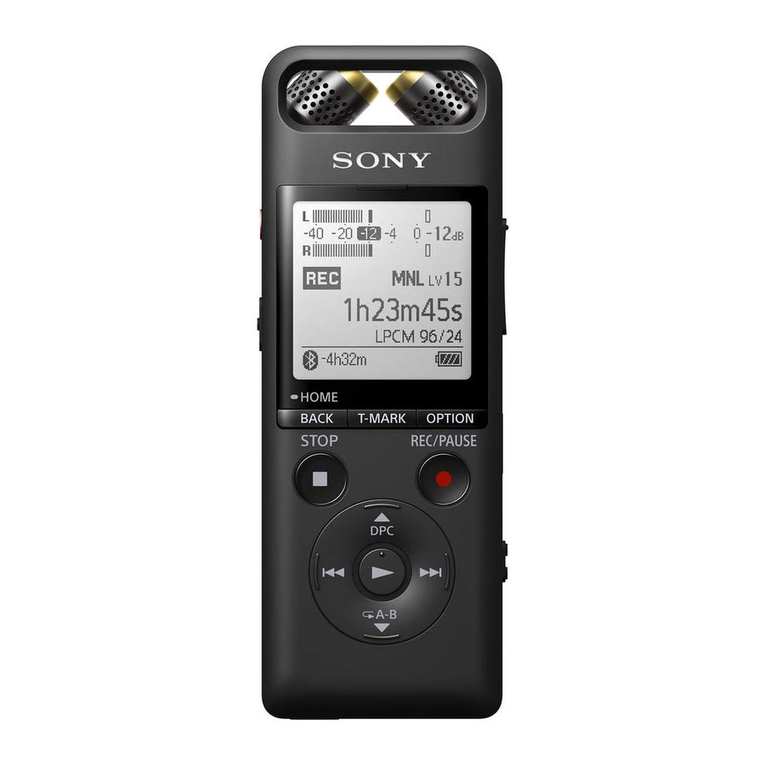
Sony
Sony PCM-A10 User manual

Sony
Sony DVCAM DSR-80 User manual

Sony
Sony MAVE-F555 User manual

Sony
Sony DNW-A100 User manual
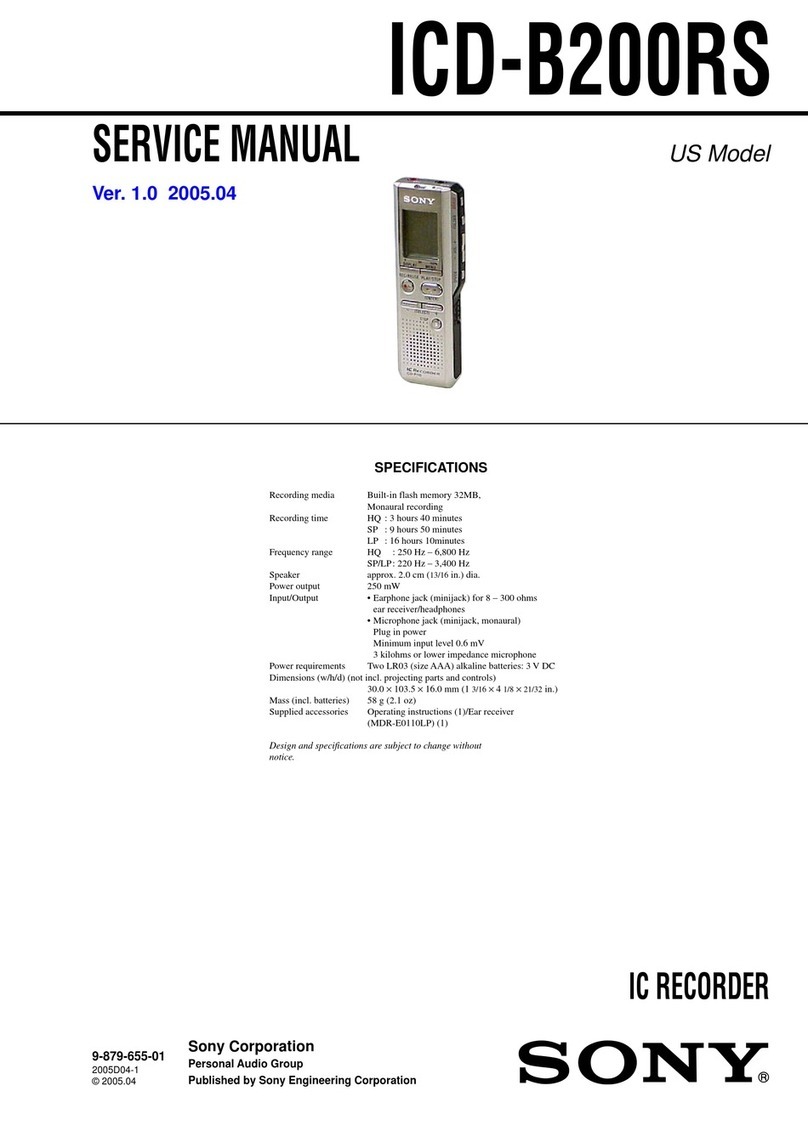
Sony
Sony ICD-B200RS User manual

Sony
Sony DG10B Series User manual
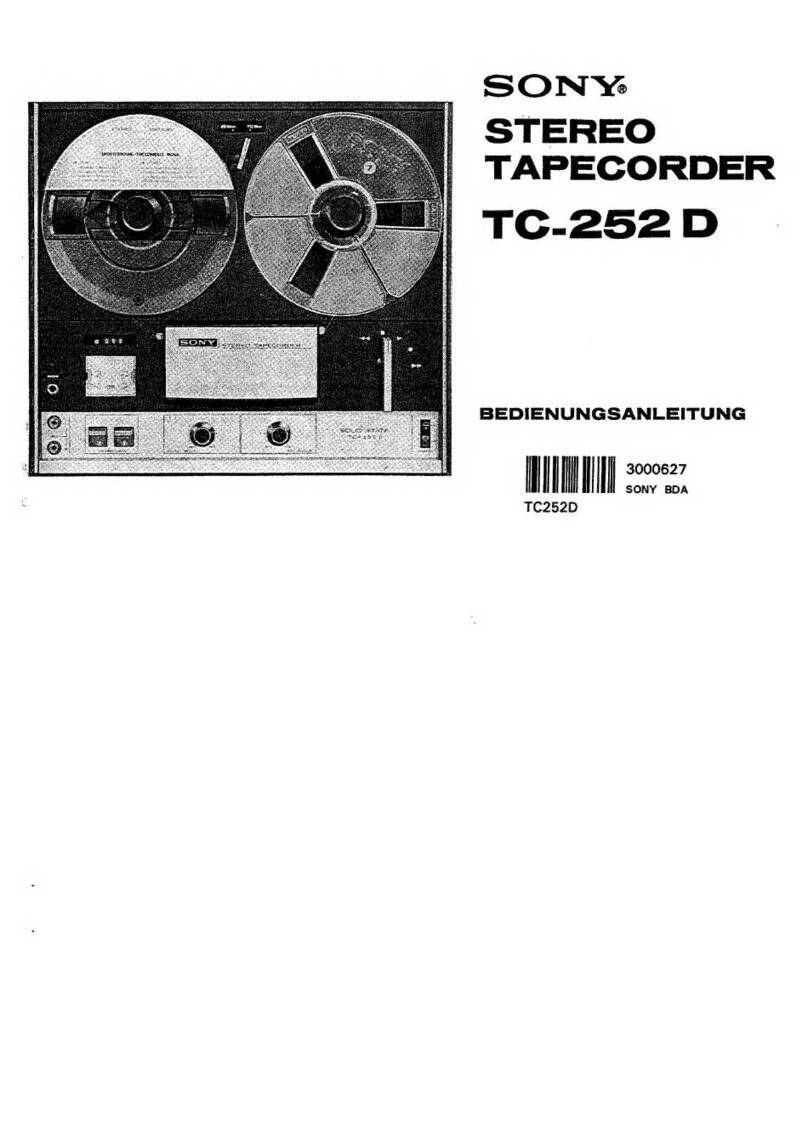
Sony
Sony TC-252 D User manual

Sony
Sony DG805BLM User manual
Popular Measuring Instrument manuals by other brands

Powerfix Profi
Powerfix Profi 278296 Operation and safety notes

Test Equipment Depot
Test Equipment Depot GVT-427B user manual

Fieldpiece
Fieldpiece ACH Operator's manual

FLYSURFER
FLYSURFER VIRON3 user manual

GMW
GMW TG uni 1 operating manual

Downeaster
Downeaster Wind & Weather Medallion Series instruction manual

Hanna Instruments
Hanna Instruments HI96725C instruction manual

Nokeval
Nokeval KMR260 quick guide

HOKUYO AUTOMATIC
HOKUYO AUTOMATIC UBG-05LN instruction manual

Fluke
Fluke 96000 Series Operator's manual

Test Products International
Test Products International SP565 user manual

General Sleep
General Sleep Zmachine Insight+ DT-200 Service manual

